In all things tax, time is definitely of the essence.
Over the next four weeks, we take a look at the tax changes announced in 2022 which may affect your personal affairs, your family and business affairs.
Checking your plans for the long term are arranged as tax efficiently as possible is always important, and the period before the end of the tax year, on 5 April 2023, is the best time to do so.
This year, such a review may be even more valuable than usual. Major change to tax bands and allowances has been announced over the course of 2022. This means some last-chance opportunities to make use of allowances at current rates and to access current tax bands. Similarly, there may be areas where you have discretion over the timing of income and it is worth looking at whether it is better to take income this year or next. A review before 5 April 2023 could have a significant effect on your tax position.*
For Scottish taxpayers, for whom higher and top tax rates are set to increase as well, there is even more to think about.
1. Director-shareholders
Our first review is for director-shareholders. There are four main changes to consider if you run, or are involved with a business in the weeks leading to 5 April 2023.
-
- Corporation tax: change to rate for some companies
- Dividend Allowance: fall from the current rate from 6 April 2023
- Income tax on dividends: the higher rates introduced in 2022 are set to continue
- Additional rate (top rate in Scotland) threshold: fall in additional rate (top rate in Scotland) threshold from 6 April 2023.
Corporation tax
From 1 April 2023, the main rate of corporation tax rises to 25%. Not every company will pay at this rate. Profits exceeding £250,000 will be charged at the main rate, but a small profits rate of 19% applies where profits do not exceed £50,000. Companies with profits under this level, therefore, effectively see no change. For companies with profits between £50,000 and £250,000, the tax rate is tapered. These companies pay at the main rate reduced by marginal relief: essentially, the tax rate increases from 19% to 25% depending on the level of profits. Limits are adjusted where there are associated companies. Your Newby Castleman accountant will be able to advise how marginal relief works.
In addition, director-shareholders in companies with higher levels of profits are likely to need to plan for the cash flow implications of higher corporation tax bills.
Dividends
Following the Autumn Statement the overall picture is less favourable for the future. The Dividend Allowance is set to fall, while dividend tax rates are at a new high, making the extraction of profits by way of dividend payment more expensive.
Dividends falling within the Dividend Allowance are not taxable, and for 2022/23, the Dividend Allowance is £2,000 per year. From 6 April 2023, however, it falls to £1,000, with a further fall to £500 per year from 6 April 2024. The change is likely to impact more than 3.25 million individuals in 2023/24.
The effect of this change is compounded by the increase in dividend tax rates. From April 2022, rates rose by 1.25 percentage points. They are now 8.75% for dividends falling within the basic rate band; 33.75% for those falling in the higher rate band; and 39.35% where falling in the additional rate band.
Impact on profit extraction strategy
Traditionally, many director-shareholders have relied on a combination of low salary, and a significant level of dividend payments to extract profits. Tax advantage has arisen from the availability of the Dividend Allowance, a low rate of corporation tax, and because dividends do not incur National Insurance contributions (NICs) – a saving both for the employer company and the recipient. These advantages are now being undermined.
Dividends are paid out of retained profits, that is profits on which corporation tax has already been paid. In future, for companies with profits above £50,000, this will mean profits subject to a higher rate of corporation tax, and thus a reduction in the reservoir available to pay dividends. And as the Dividend Allowance shrinks, there will be a less significant amount available for extraction free of tax. Although incorporation is about more than just tax advantage, these changes make it prudent to keep under review the question of whether a company is the best structure for your business.
Remuneration: last-chance opportunities
An appraisal of remuneration strategy is always beneficial. The best solution for you will depend on your individual circumstances. Given the increasing burden of income tax for Scottish taxpayers, it may even vary depending on where in the UK you are based. However, in every case, the form (bonus as against dividends) and timing of remuneration take on unusual significance for director-shareholders this year, with the potential to impact the overall tax position even more than usual.
Planning potential: watch timing
> Dividend payment in the 2022/23 tax year gives a last-chance bite at the current higher Dividend Allowance, and the higher additional rate threshold (top rate in Scotland). You may want to consider accelerating payment of dividends if there is scope to do so.
> Procedure around declaration and payment of dividends is complex and it is important to check that it is done correctly. In times of economic stress, it is also important to be sure that there are profits available for distribution.
Here to help
As your accountants, we have the all-round vision of your circumstances that can really help make an impact. To make the tax rules work to your advantage, it’s best to start the discussion as soon as possible before 5 April 2023. Please do contact us to discuss any of the issues raised here.
*In these briefings, we use the rates and allowances for 2022/23. Please note that throughout, the term spouse includes a registered civil partner.
